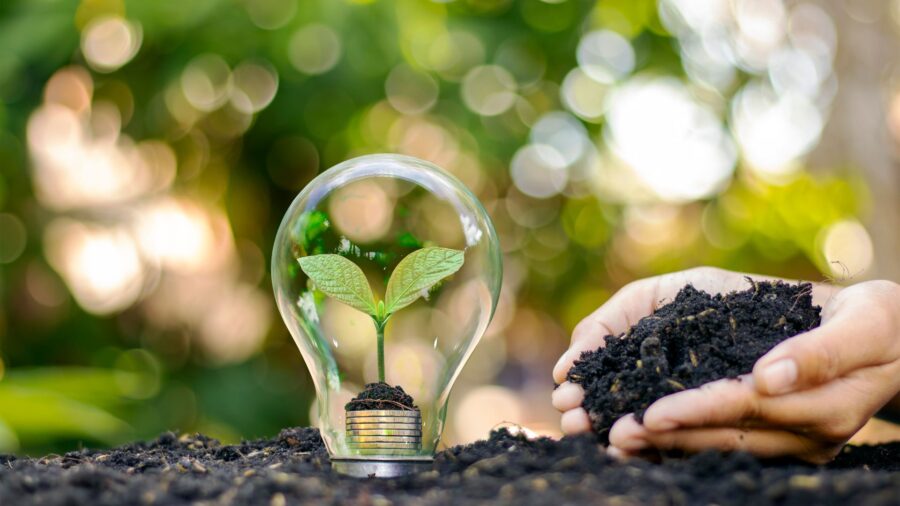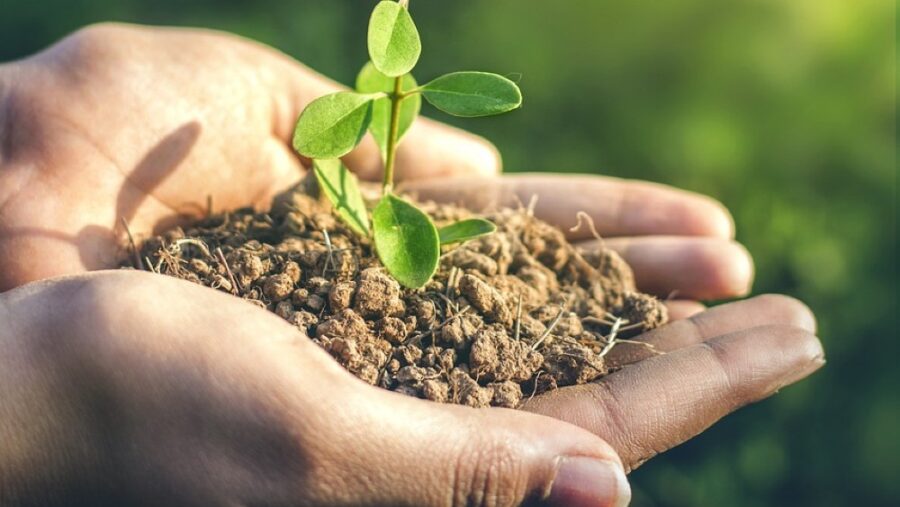Electronic Soil Breakthrough Increases Crop Growth By Astonishing Amount

A recent, groundbreaking study from Sweden’s Linköping University introduced a revolutionary agricultural technology: electronic soil, or eSoil. The research into eSoil achieved remarkable results, demonstrating a 50 percent uptick in growth over 15 days in barley seedlings. This approach to soilless cultivation (a subset of hydroponics) promises to reshape the landscape of sustainable agriculture.
While previous methods of soil cultivation depended on high voltage, non-biodegradable materials like mineral wool, electronic soil offers a more natural, low-energy solution.
Eleni Stavrinidou, an associate professor at the Laboratory of Organic Electronics and the head of the Electronic Plants group, spearheaded the initiative. Her team’s development of eSoil not only advanced a sustainable and efficient alternative to traditional agricultural methods but also embodied a significant leap forward in the field of hydroponics.

Scientists derive eSoil—distinguished and lauded for its environmental friendliness—from cellulose and a conductive polymer known as PEDOT. While previous methods of soil cultivation depended on high voltage, non-biodegradable materials like mineral wool, electronic soil offers a more natural, low-energy solution.
Developing novel agricultural methods is a pressing concern, urgently relevant in light of the rising global population and impacts of climate change.
As mentioned above, merely stimulating the roots of barley seedlings (a crop usually not grown hydroponically) with eSoil eventuated a 50 percent growth increase. The outcomes of this research surpass merely broadening the range of crops suitable for hydroponic cultivation–they indicate the possibility of significantly more efficient growth rates, relying on fewer resources.
Indeed, developing novel agricultural methods is a pressing concern, urgently relevant in light of the rising global population and impacts of climate change. For her part, Stavrinidou emphasized the importance of exploring and prioritizing innovative methodologies like hydroponics to satisfy escalating food demands.
While electronic soil might sound like sci-fi, hydroponics, the discipline underlying it, has been around for a while.
The field is characterized by its soil-free growth medium, reliance on water and nutrients, and the indispensable closed system conserving both. Farmers and agribusinesses producing crops like lettuce, herbs, and certain vegetables employ it widely.
The research constitutes a significant step toward enhancing, encouraging, and facilitating urban agriculture.
The hydroponic approach is considerably beneficial in regions challenged by limited, arable land or harsh environmental conditions.
Despite the promising and exciting findings from the study, the essential, biological mechanisms explaining the effectiveness of eSoil remain enigmatic, as Stavrinidou pointed out. Initial findings seem to imply that barley seedlings process nitrogen more effectively—but the precise impact of the electronic soil, particularly its stimulation of the growth process, remains unclear.
Regardless, the research constitutes a significant step toward enhancing, encouraging, and facilitating urban agriculture. The soil-free soil involves little energy consumption and also enjoys impressive safety features. Combined with the advantages of hydroponic cultivation, including space efficiency through vertical farming, the sustainable technology represents a real solution to growing food demands.
Stavrinidou admitted that hydroponics does not completely resolve the lion’s share of issues plaguing food security. Nonetheless, it constitutes a genuine opportunity for land otherwise unsuited to agriculture. It’s easy to imagine electronic soil providing crops and agricultural jobs in otherwise hyper-urban environments, areas increasingly common in our urbanizing world.
Perhaps, one day—sooner than we think—downtown Manhattan and central Tokyo will export produce instead of importing it.
Ultimately, in addition to shedding fascinating light on the potential for hydroponics, the study out of Linköping University ushers in an opportunity for further research and progress in sustainable agriculture.
Source: PNAS











